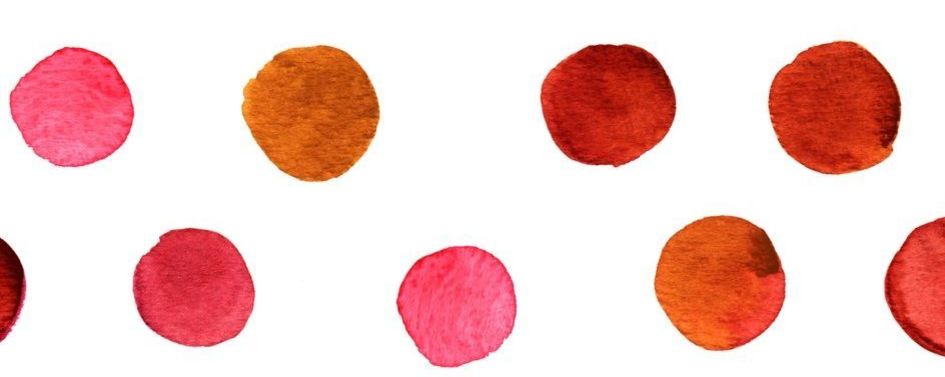What is your period trying to tell you?
Posted by Rebecca
In clinic, I ask all my female clients about their periods, because your monthly bleed gives many clues about your health.
On average we start our periods aged 12-13 years, although obesity during childhood is linked to periods starting earlier. For the first 2-3 years it is normal for periods to be irregular, ranging between 21-45 days finally reaching a typical adult pattern of 21-34 day intervals between periods.
A 2016 study highlighted the importance of period health and abnormal menstrual patterns to help identify potential health concerns (Nicolaides, 2016).
Please note - Pill bleeds are not real periods! The following considerations are for women NOT taking the pill.
How regular are your periods?
Do you have a period at least every 35 days? If not, you may have polycystic ovarian syndrome (PCOS).
Long cycles >35 days or short cycles <21 days can also be a sign of not ovulating (anovulation).
Period apps are a great way to track signs and symptoms of your period making it a normal part of our lives. The first day of your period is the day of your heavy flow not when you start spotting.
No periods? (Amenorrhea)
Are you pregnant, peri-menopausal? Emotional stress, illness or undereating can contribute to missed periods.
Are they too heavy or too light?
Light scanty periods may be linked to low oestrogen levels. Smoking, undereating or a diet high in phytoestrogens such as soy can affect oestrogen levels.
Blood loss of more than 80ml during a period is considered excessive and can lead to anaemia, this equates to changing menstrual products every 1-2 hours or losing blood for more than 7 days. Heavy periods can also be symptomatic of other conditions such as thyroid disease, endometriosis and adenomyosis.
What colour is your period blood?
Pink, red, brown purple? The colour of your period blood tells you something about your health.
Healthy period blood should be light-bright red. Brown spotting is normal at the beginning and end of your period. Pink blood may be a sign of low oestrogen, whilst dark red/purple blood may indicate excessive oestrogen and/or magnesium deficiency.
Is your period painful?
Normal pain is considered as mild cramping a few days before your period and can be relieved by ibuprofen.
Severe pain may be due to inflammation which could be the result of eating too many unhealthy fats. Extreme pain during your period may indicate something more severe like endometriosis, always check with your doctor.
Do you ovulate?
Healthy periods are linked to ovulation, Anovulation means we do not ovulate and produce progesterone during our cycle. Progesterone supports our mood and counters oestrogen. Low progesterone leads to many symptoms of PMS such as irritability, mood swings, food cravings and breast pain.
Despite the many varieties of hormonal symptoms and female conditions, conventional medicine has only one answer.
Hormonal birth control!
Shutting down our natural hormones and replacing them with synthetic ones is a temporary solution that treats the symptoms but ignores the underlying cause.
The longer you ignore your period problems the more entrenched they will become. Nutritional therapy looks for the root cause, rebalances your hormones and reduces your symptoms.
If you are concerned about any of your period symptoms always get checked by your doctor. If you want to know more about how nutritional therapy can help, get in touch to find out more.
Don’t miss out on my next blog, head to the website to sign up.
Tagged as: Periods
Share this post:



